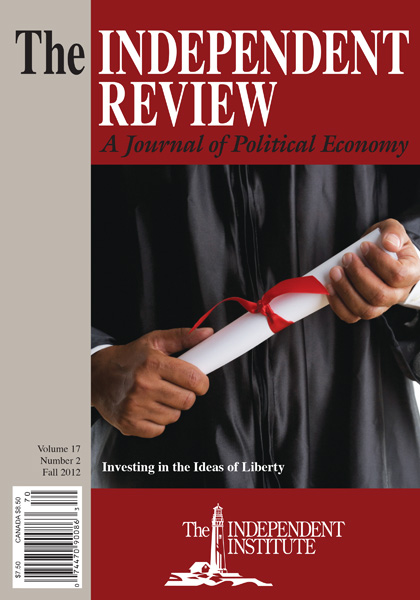Attempts at regulatory reform have failed to reduce substantially the burden of regulation and have often resulted in greater regulation. Real reform requires a dramatic change in the regulatory framework and a Congress willing to resist pressure from special-interest lobbyists.
Article
The cost of regulation has four elements: (1) compliance costs, (2) opportunity costs, (3) defense costs, and (4) governmental administrative costs. Defense costs are costs to defend against allegations that rules and regulations were violated. The Small Business Administration estimates that the cost of compliance, defense, and government administration in the United States is about $1.75 trillion (Crain and Crain 2010, 12).
Opportunity costs are much harder to estimate and may have a bigger impact on the economy. There are two kinds of opportunity costs: the cost of delay and the benefits forgone in connection with projects not undertaken. Regulation has a chilling effect and discourages people from taking chances on innovative products and services. For example, Goldman Sachs decided it was unable to offer Facebook shares to U.S. investors because of uncertainty over the Security and Exchange Commission’s (SEC) interpretation of law and regulations (Macey 2011). Although Facebook will eventually go public, regulatory uncertainty has created a delay of more than eighteen months at this writing. Eighteen months in the fast-moving world of global commerce is almost an eternity.









